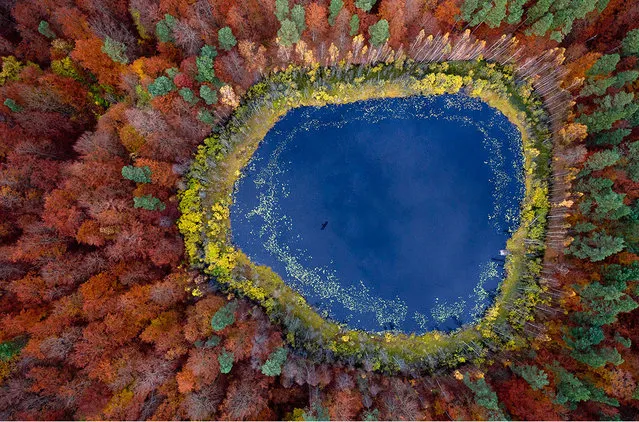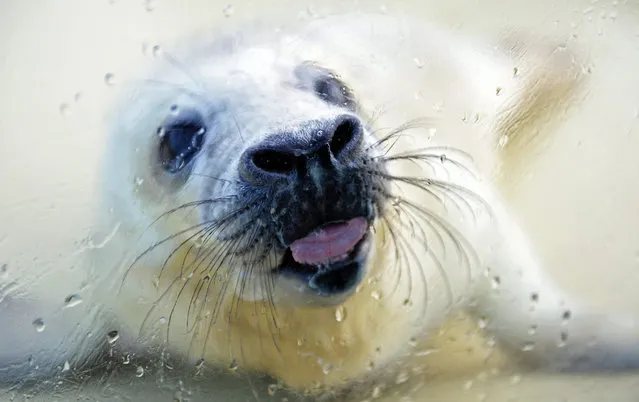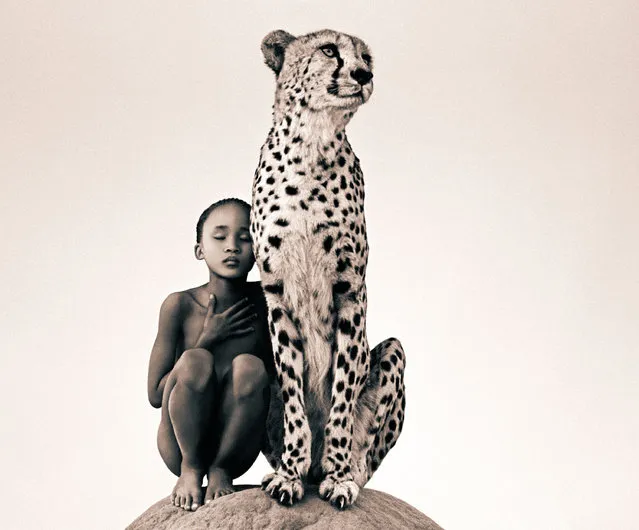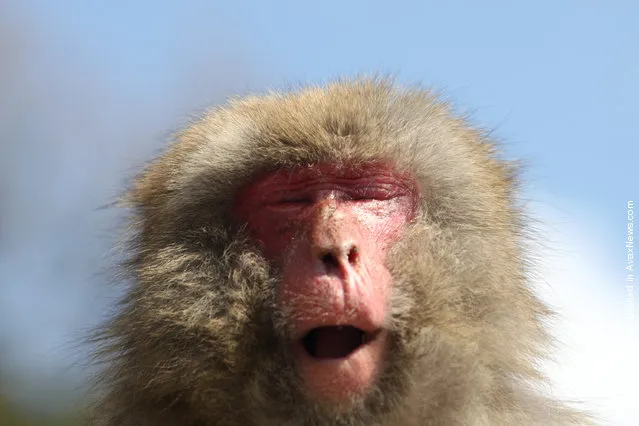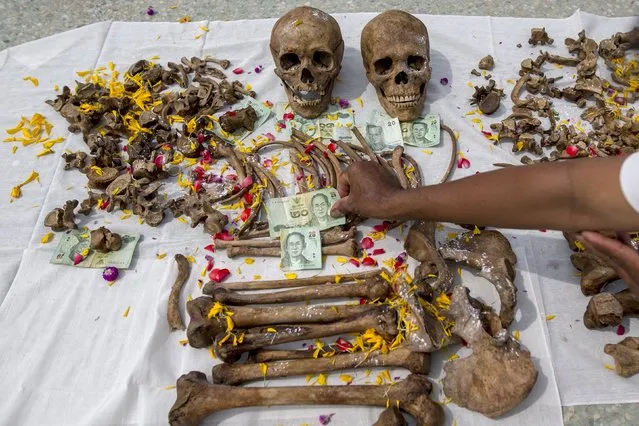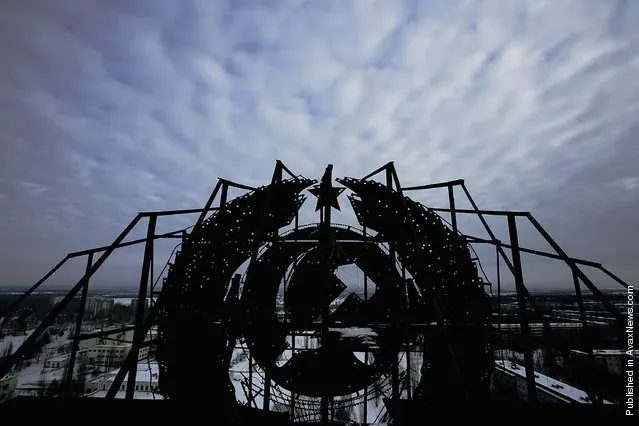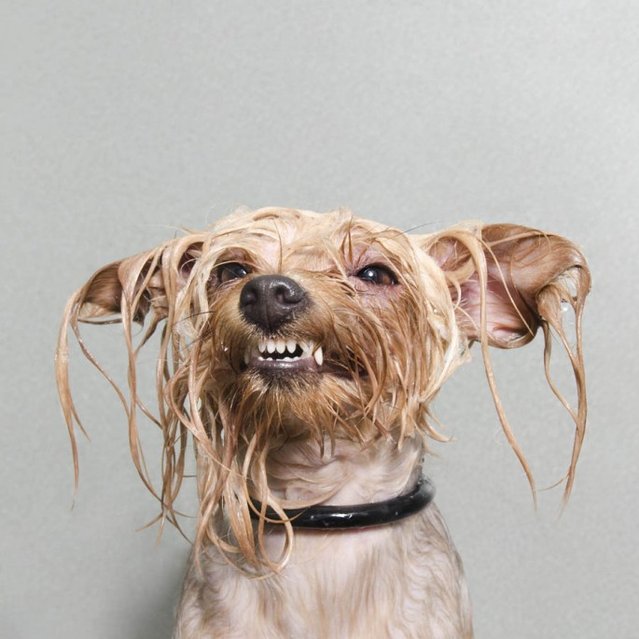
In collaboration with Pet Stylist Ruben Santana, Sophie Gamand has photographed dogs as they are being washed before grooming. The way the water plays with their hair, and their facial expressions as the water is poured on them creates striking portraits that resemble famous humans or important characters.
15 Nov 2013 11:35:00,post received
0 comments


